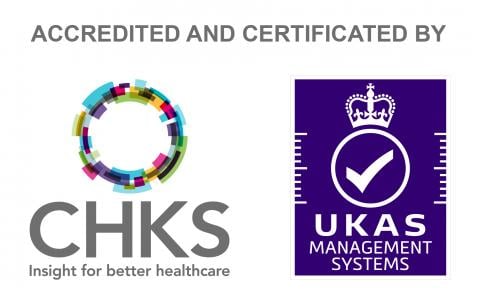Breast cancer is the most common form of cancer in the UK, with 1 in 8 women receiving a diagnosis during their lifetime. While it is a condition that is commonly associated with women over the age of 50, it can occur in younger individuals and can even affect men. Depending on the type of cancer, its size, and its shape, there are a number of treatments and procedures that are recommended to treat breast cancer. One such treatment is a Lumpectomy where the tumour and surrounding breast tissues are removed.
At New Victoria Hospital our nationally-acclaimed breast surgeons specialise in the Lumpectomy procedure. Complemented by a multidisciplinary team of highly-experienced nurses and physiotherapists, and with access to a world-class imaging suite, our Breast Consultants provide a comprehensive approach to breast cancer, from initial diagnosis to treatment.
Consultants and Clinic Times

Miss Chloe Constantinou
Specialities

Mr Mohsen El Gammal
Specialities

Mr Georgios Exarchos
Specialities

Ms Katerina Micha
Specialities


Miss Sarah Tang
Specialities













